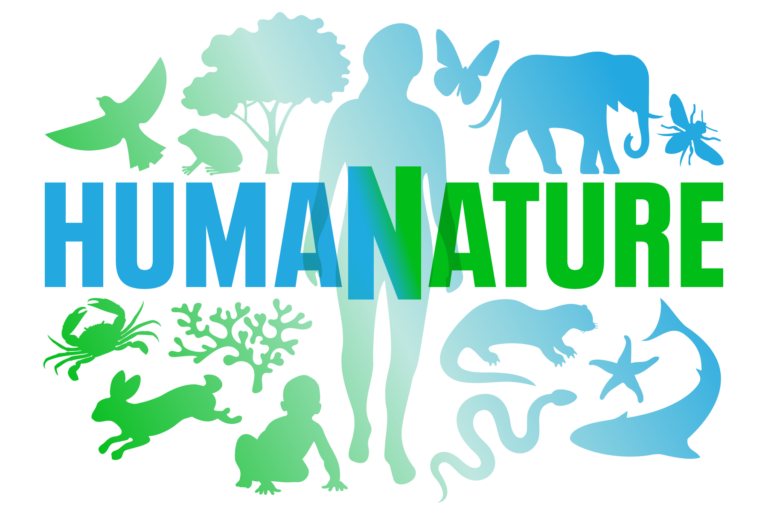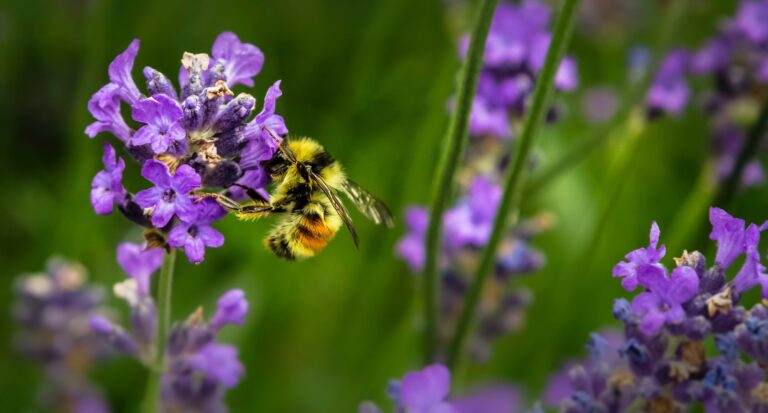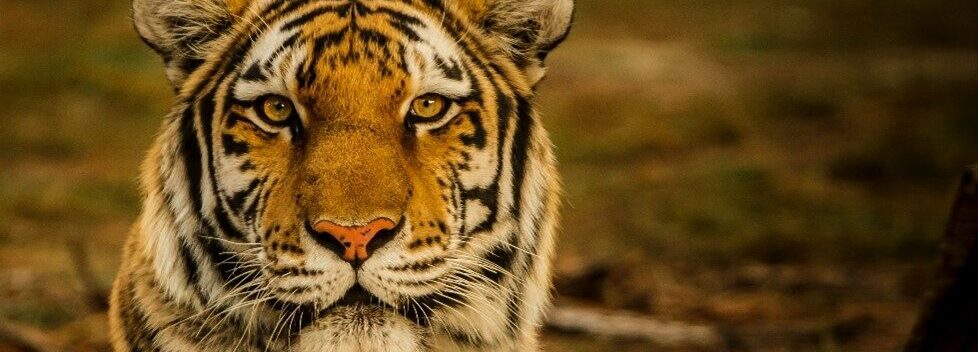
Megafauna Crisis
Population growth is driving our most loved animals to extinction. Since 1970, the global human population has increased from 3.7 billion to now over 8 billion. In the same time frame WWF’s Living Planet Report 2022 reported that global wildlife populations have plummeted by 69% on average.
It seems to me that the natural world is the greatest source of excitement; the greatest source of visual beauty; the greatest source of intellectual interest. It is the greatest source of so much in life that makes life worth living.”
– Population Matters patron, Sir David Attenborough
Population growth is recognised as a driver of biodiversity loss by scientific authorities – but how it drives extinctions isn’t always understood. Our new report, Vanishing Icons: How population growth is driving our most loved animals to extinction, takes a look at six iconic species, and shows how our actions and numbers are threatening the natural world.
The good news is that there are positive, ethical solutions to address the impact of population on biodiversity loss known as Population Health Environment (PHE).
Help support PHE as a solution to solve the biodiversity crisis.
Tigers
Tigers were first listed as endangered in 1986. And 37 years later, these iconic big cats are still on the IUCN Red List, with only 5,000 left in the wild. The main threats to tigers are poaching and habitat loss.
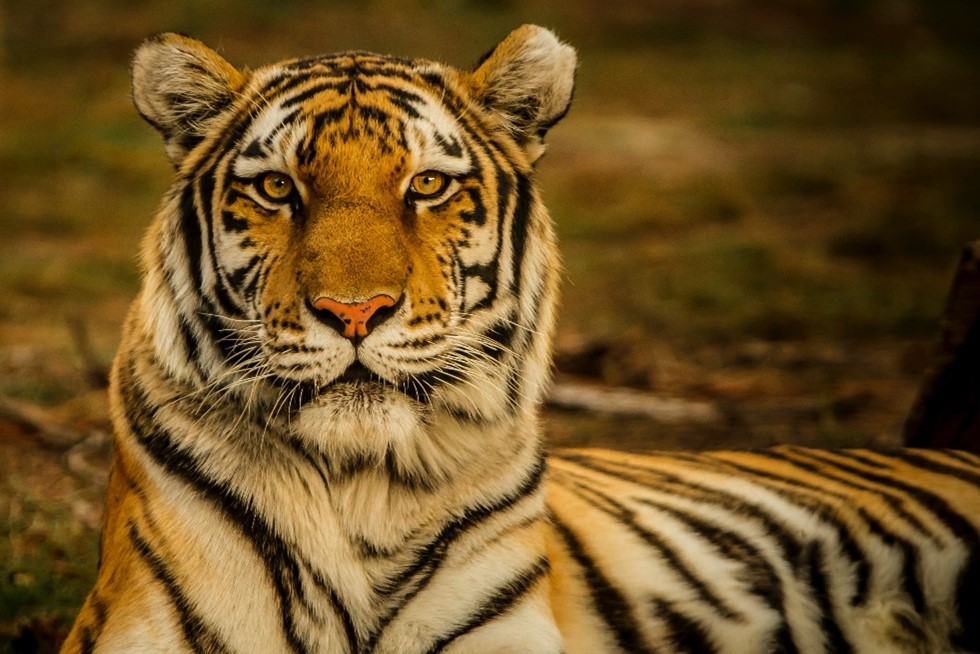
Globally, over 60% of tigers live within protected areas. However, even these conservation areas aren’t fully protected from human pressure, as many are still subject to: logging, oil drilling, and mining.
Over 70% of the remaining global tiger population is found in India, which has recently overtaken China as the world’s most populated country, at 1.4 billion people. A growing population will further limit available habitat space, and increase demand for natural resources, driving deforestation, resource extraction and road building, further fragmenting and degrading remaining tiger habitats. More than 20,000km of roads are expected to be built in tiger habitats by 2050.
Mountain Lions
America’s big cats go by many names – cougars, panthers, pumas. But this icon may soon disappear, as the American wilderness continues to be parcelled up and tarmacked over, due to expanding human development driven by population growth.
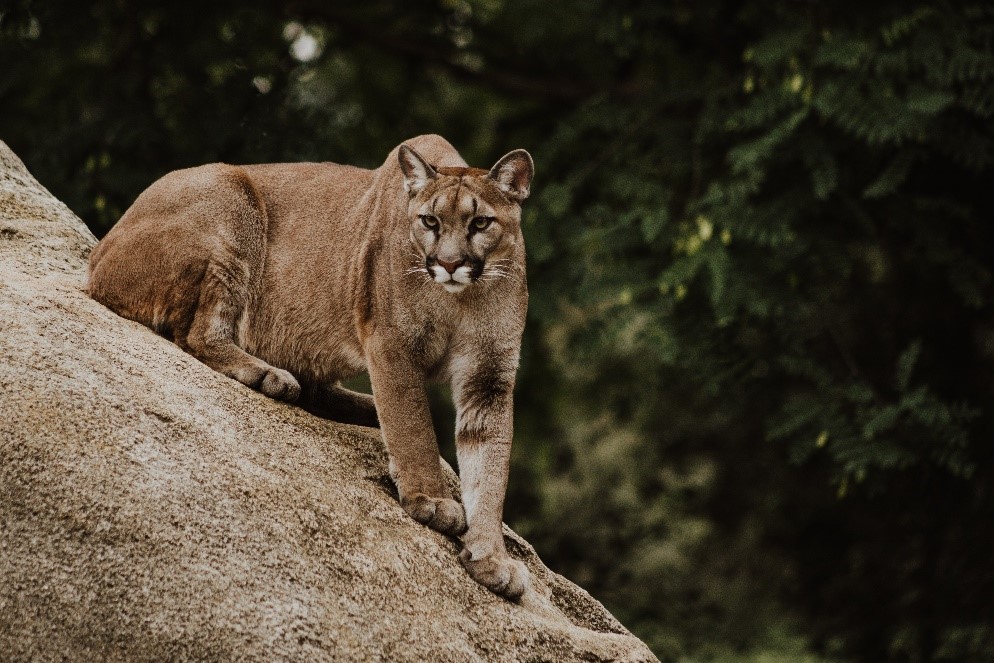
Increased population growth inevitably leads to elevated levels of human development, more cars on the road, more houses need to be built, this has a corresponding impact on wildlife, dividing suitable habitats and isolating pockets of the population until they’re subject to inbreeding and disease. One 2016 study of mountain lions in the Santa Monica Mountains predicted the chances of extinction at nearly 100% within 50 years, if the continued isolation and inbred gene pool persisted.
Mountain lions roamed the American landscape long before humans ever arrived, but soon may disappear in the wake of man’s footprint.
Elephants
With deep familial bonds and sophisticated cultural displays, from raising each other’s young, to even having funerals, elephants are a species worth not only our admiration, but also our respect. However, the biodiversity crisis leaves no creature, big or small, untouched, with the African savanna elephant classified as endangered on the IUCN red list.

Currently, two-thirds of the African continent still provides suitable habitat for elephants, but less than a fifth of that habitat is available to them. Africa’s population growth contributes to the development of roads, farms, and urban centres that fragment elephant habitats.
In 2020 Africa had around 1.34 billion inhabitants and is forecast to reach nearly 2.5 billion by 2050.
The IUCN Red List elephant report states, “Currently the most important perceived threat is the loss and fragmentation of habitat caused by ongoing human population expansion and rapid land conversion.”
Rapid population growth also drives poverty in Africa, which can contribute to people or communities becoming engaged in poaching.
Orcas
Even underwater, the footprint of humankind is felt. The southern resident orca is a subspecies of orca that lives off the Pacific Northwest Coast. As of April 2023, the population numbers only 73 individuals. A critical habitat for their survival is the Salish Sea, at the US and Canadian border. This body of water is also one of the busiest shipping routes in the world.
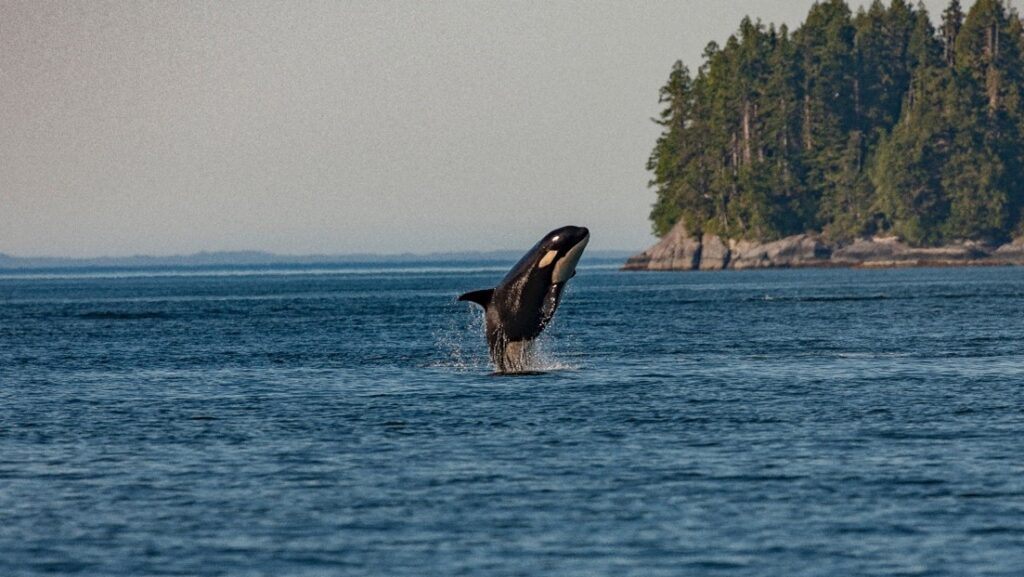
The Salish Sea hosts commercial vessel traffic, including fuel tankers, fishing boats and barges. All these vessels create a lot of underwater noise, and it’s disturbing the local residents. Several studies have confirmed these orcas are deeply affected by underwater noise pollution. In the same way it’s hard for two humans to hear one another by a busy road, noise generated by vessel propulsion can mask sounds that marine mammals use to communicate, navigate, find mates, and hunt for food. With its primary prey, the Chinook salmon, already decimated by overfishing and habitat destruction, these orcas simply cannot get enough food.
The impacts of population growth aren’t just felt by the numbers of people, but the contributing demand they require for internationally traded goods, often shipped across oceans before arriving in their supermarket. Though we may not be able to see the effects of this directly, orcas are many other creatures are suffering from hearing its effects.
Chimpanzees
Chimpanzees, more than any other living creature, have helped us to understand that there is no sharp line between humans and the rest of the animal kingdom.”
– our patron Dr Jane Goodall
We share a remarkable 98.7% of our DNA with chimpanzees, and like us, chimpanzees are noted for their adept tool making and problem-solving skills. However, even this intelligent and adaptable species is struggling to survive, due to the incessant pressures imposed by expanding human settlements. In 2016, the IUCN updated its classification of the western chimpanzee from “Endangered” to “Critically Endangered”.
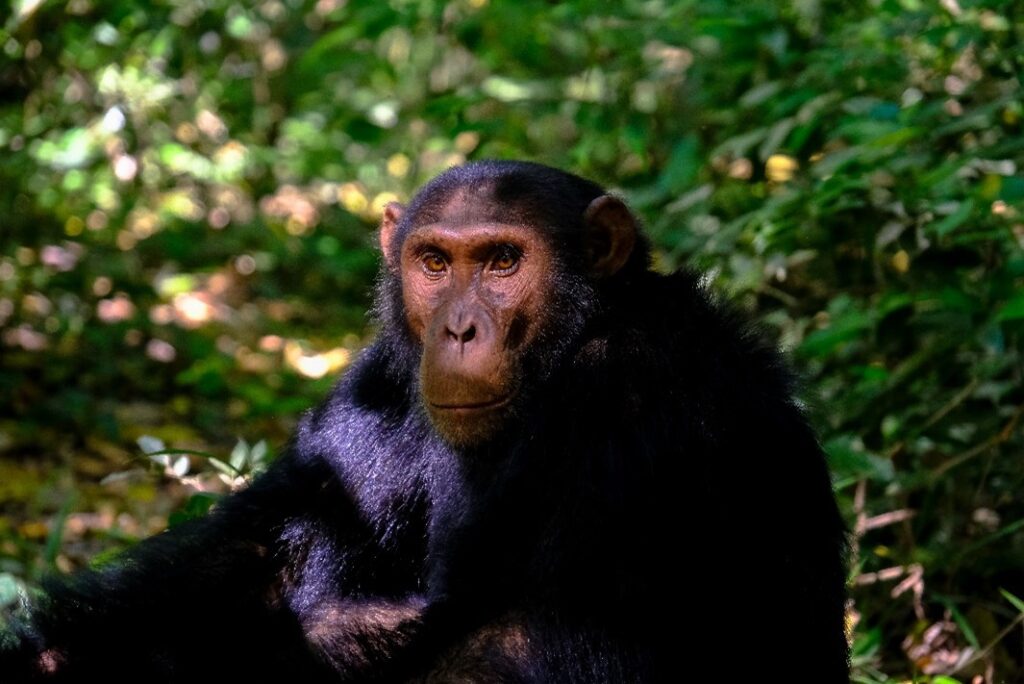
What currently remains of chimpanzee habitat will continue to dwindle, as nearly 40% of chimpanzees already live within 5km of a human settlement and nearly 60% are within 5km of a road. This increased proximity between humans and chimpanzees facilitates their killing for bushmeat, cuts into their habitat through deforestation and can also endanger them due to the risk of disease transfer. Chimpanzee’s close genetic relation to humans, means they are vulnerable to more than 140 human diseases.
It’s vital to protect the future of chimpanzees, not only to ensure the future health of Africa’s ecosystems, but also as Dr Jane Goodall says to preserve our precious remaining link to the natural world.
Hedgehogs
It’s truly a shame to say, the UK has become one of the world’s most nature depleted countries, with only 50.3% of its wildlife remaining. The State of Nature 2023 report has declared that 1 in 6 species in the UK are at risk of extinction.
This is reflected in the European Hedgehog being classified as a species of least concern across most of the European continent, apart from the UK where in 2020 it was put upon the IUCN Red List for British Mammals as vulnerable to extinction in Great Britain.
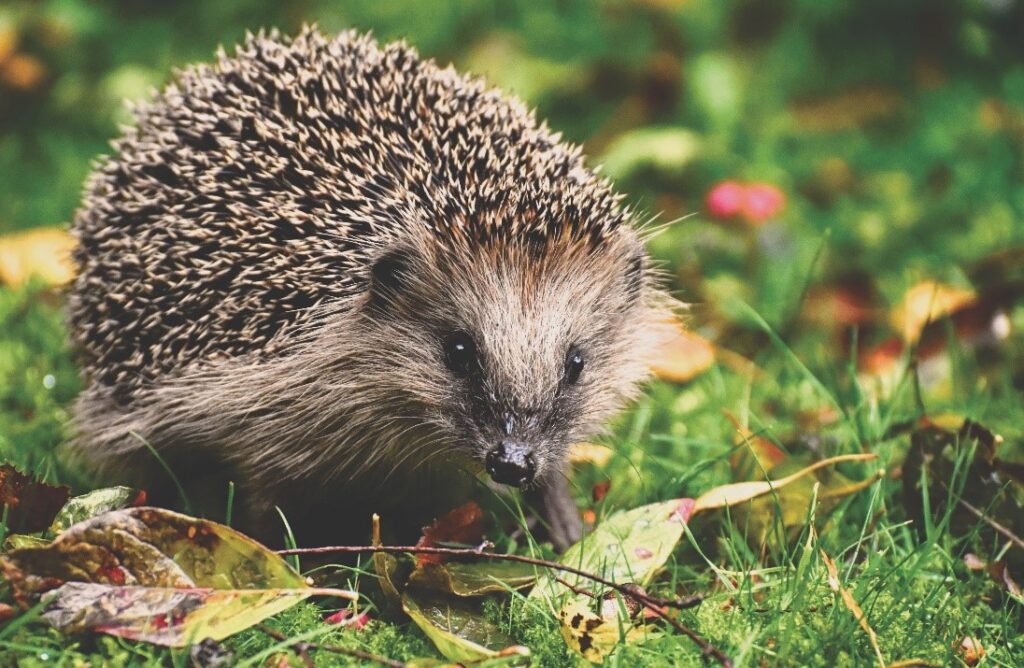
The hedgehog is a charming figure of British wildlife, often featured in children’s books and fairy tales. But the grim reality is that hedgehogs are suffering under the weight of urban development: one study concluded casualties from road use may be alarmingly as high as 335,000 hedgehogs per year in the UK.
Nevertheless, successful public campaign initiatives have allowed hedgehog populations to stabilise in urban areas. This is a positive note, as it shows when human efforts are concentrated, we can make great strides toward conservation, but the plight of hedgehogs isn’t over.
Hedgehogs continue to decline in rural areas, due to agricultural intensification. Farmland covers 69% of the total area of England, and due to the heavy use of machinery and pesticides, farmland is an intensely inhospitable environment for wildlife.
The UK has a current population of 67 million people and is expected to increase to an expected 69.2 million people in 2030. As population growth continues, this puts further demands on agricultural intensification and expansion, causing a corresponding loss of native wildlife as a result.
Far more effective action will need to be taken to ensure we can preserve what remains of British wildlife on these shores.
the way forward
The case studies in this report outline the plights of six animals, but population growth affects more than just the “charismatic megafauna” we choose to admire, including plant species and insects.
To tackle the key drivers of biodiversity loss effectively on a global scale, many urgent actions are needed – but we can’t ignore human population pressure. Fortunately, the effective actions which address population are positive and empowering in themselves including improved girl’s education and better access to family planning services.
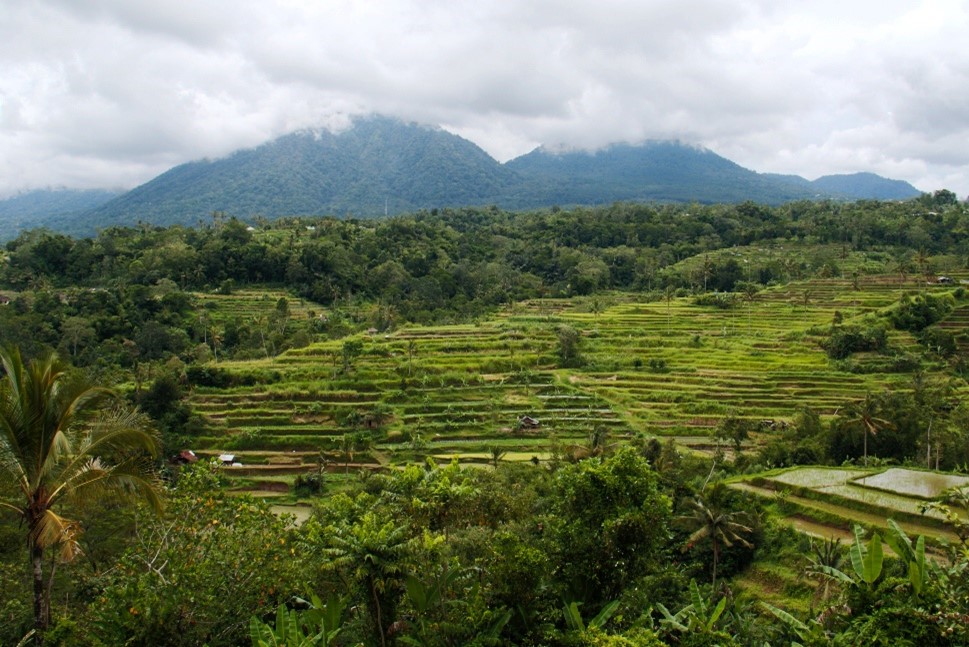
These principles are built into the Population Health Environment (PHE) development and conservation model, which recognises the valuable interaction and mutual benefits of improving the conditions of human communities in achieving local conservation goals. This often includes the provision of family planning services to empower individuals and communities and reduce local human population pressures on natural resources.
With that, the era of the Anthropocene can transition from one of environmental destruction to an age of environmental stewardship.
Read the full report here.

